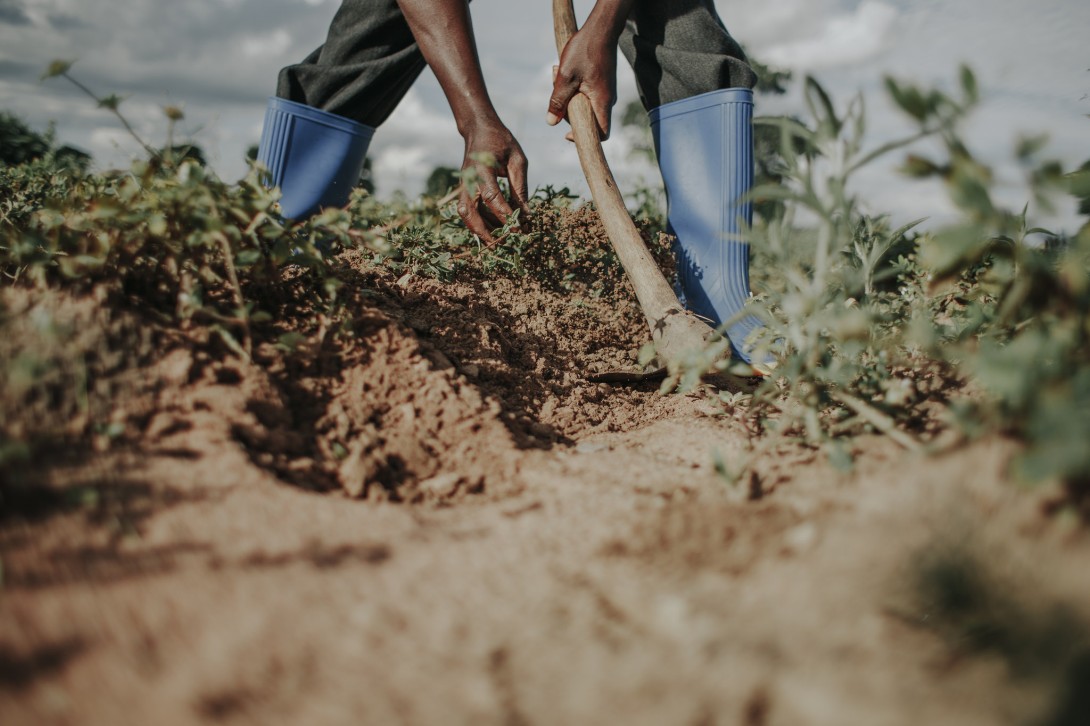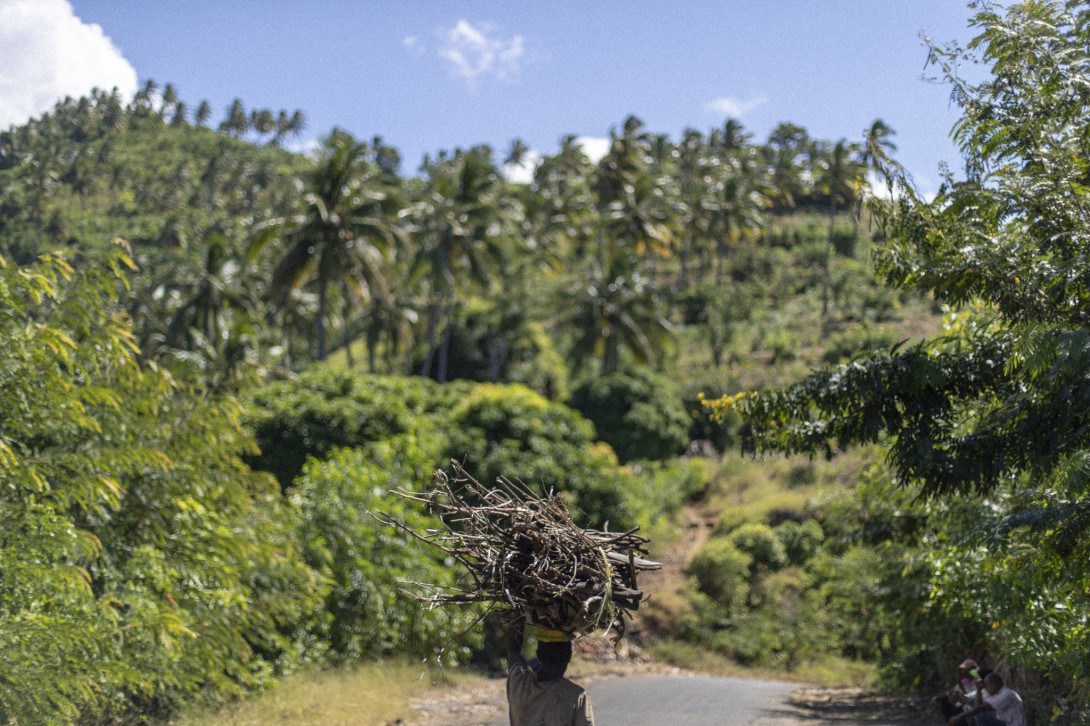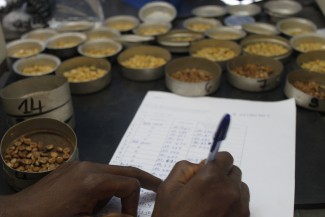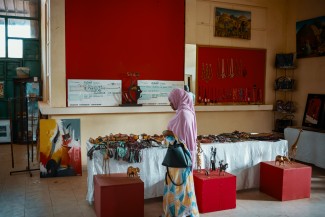Strategic alliances and alignments are key to making trade in agriculture work, for all
In many of the world’s poorest countries, the majority of the population depends on agriculture for food and for income. So for those working to alleviate poverty in the Least Developed Countries (LDCs), addressing how land is being used is a given.
Low yields, lack of acreage, pests and irrigation difficulties are just a few of the issues limiting people from making full use of a landscape’s potential. But there are also factors on the farming flipside that, when addressed, can benefit impoverished cultivators and a nation’s economic prospects.
“Trade in agricultural products is one of the most significant ways we can work for poverty reduction in LDCs. It enables economic growth and the structural transformation of economies,” said Coordinator Simon Hess of the Enhanced Integrated Framework (EIF), which works with LDCs to improve agriculture and agro-processing for better trade.
Governments have been and are addressing poverty from the land use and the trade angles of agriculture, but fruitfully linking the two approaches is another matter.
“Agricultural transformation is a priority in African LDCs. But efforts to increase productivity and develop competitive agricultural value chains are often constrained by bottlenecks at the farm or post-harvest level, which can result from, or exacerbate, misalignments between agriculture and trade policies,” said Trade Policy Consultant Ishrat Gadhok of the Food and Agriculture Organization of the United Nations (FAO).
“There needs to be greater alignment, and FAO is focusing its trade-related work in Africa on that policy coherence,” she added.

JOINING FORCES
To address this gap, to leverage collective experience and to streamline affiliated work, FAO and EIF are collaborating to establish and reinforce linkages and provide the necessary research to inform policy in a host of African countries.
This builds on earlier collaborations in an FAO study that analyzed incoherence in development work on agriculture and on trade, along with providing recommendations for mutually reinforcing policies in four countries, and regionally in eastern and southern Africa.
“For trade policy to work in favour of agricultural development, food security and nutrition, it is important to identify structural reform options and policy packages that reconcile enhanced trade with national priorities and development objectives,” said Georgios Mermigkas, Economist in the Trade and Markets Division of FAO.
“One of the ways to do that is to improve dialogue, coordination and collaboration between agriculture and trade ministries, and making use of existing national structures such as those associated with the EIF and with the African Union’s Comprehensive Africa Agriculture Development Programme (CAADP) for agricultural interventions,” he said.

RIGHT RESEARCH
EIF’s work with LDCs begins with in-country trade research and analysis, or Diagnostic Trade Integration Studies (DTIS), that offer roadmaps for governments to create and implement evidence-based trade policy. Those studies frequently include an agricultural component that looks at key commodities and ways to increase yields and expand processing.
“We know investments in agriculture focused on Aid for Trade lead to significant impacts on poverty reduction, where growth in agriculture can be two to four times more effective than growth in other sectors for alleviating poverty,” said Hess. “This is why approximately two-thirds of EIF’s productive capacity projects deal in agriculture or agro-industry.”
What crops to focus on and how to add value to exports is informed by the DTIS findings on growth sectors and market demands.
“The contribution of EIF was significant, in particular since the focus of the project, on the trade side, was on the DTISs and how these priorities could be more aligned with the priorities in the National Agriculture Investment Plans or in other agricultural processes,” Mermigkas said of the initial collaboration.
The work found that, in the agricultural realm, Aid for Trade and other forms of donor and development support needed better coordination, and FAO and EIF plan to develop a systemized approach to trade and agriculture in the upcoming phase of the partnership.
They will also be addressing specific thematic areas that both sectors prioritise, and designing programmes for use by both agriculture and trade policymakers.

BORDER CROSSING
Working nationally, regionally and globally, FAO and EIF are attempting to sync support for trade and agriculture at all necessary levels.
“Trade-related technical assistance to countries, by its nature, requires attention to capacity gaps beyond national borders. So the approach in Africa is a two-tiered one addressing trade bottlenecks within countries as well as obstacles to intra-regional trade in Africa, which is especially important considering the recent signing of the Continental Free Trade Area Agreement,” said Gadhok.
With the African Union’s strategy to increase intra-African trade in the next decade by at least 25-30%, up from the current estimated 10-12% of total trade, FAO and EIF’s work with trade in agriculture will support this goal.
Mermigkas said, “trade policy has the potential to influence market structures, agricultural value chains, and private investment, thus affecting global, regional and national agri-food systems. Our aim is to work with governments to create sustainable solutions.”
If you would like to reuse any material published here, please let us know by sending an email to EIF Communications: eifcommunications@wto.org.



